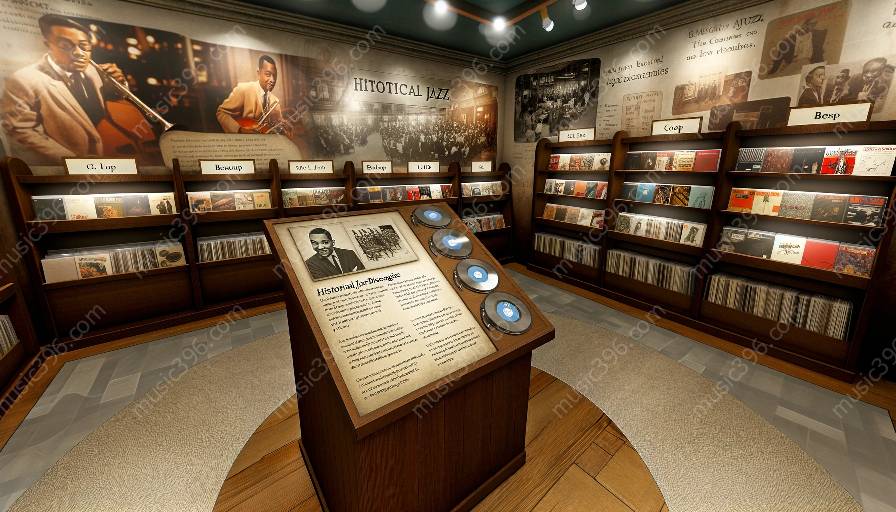Jazz, as a vibrant and evolving art form, has always had a profound influence on other expressionist art forms such as dance and visual arts. Its ability to intertwine with these diverse art forms speaks to its dynamic and expansive nature, creating a rich tapestry of cultural fusion and creative expression.
The Historical Connection
Since its inception, jazz has played a significant role in influencing and being influenced by other art forms. The historical connection between jazz and dance can be traced back to the early 20th century with the emergence of the Charleston, Lindy Hop, and other energetic jazz dances. The syncopated rhythms and improvisational nature of jazz music provided an ideal backdrop for expressive and rhythmic movement in dance, leading to the development of iconic dance styles and forms that continue to influence contemporary dance.
Similarly, jazz has had a deep-rooted connection with visual arts, particularly during the Harlem Renaissance. The improvisational and spontaneous nature of jazz music resonated with visual artists, leading to the creation of vibrant and dynamic art pieces that captured the essence of jazz culture and its impact on society.
The Fusion of Jazz and Dance
The synergy between jazz and dance is undeniable, with both art forms constantly evolving and incorporating elements from one another. Jazz music has been a driving force behind the creation of various dance styles, from the sultry and expressive movements of jazz dance to the high-energy footwork of tap dance. Collaborative performances, where live jazz music accompanies dance routines, further exemplify the seamless integration of these art forms, resulting in captivating and emotionally charged experiences for audiences.
Furthermore, the improvisational nature of jazz encourages dancers to explore new movements and experiment with choreography, fostering a sense of artistic freedom and innovation. This mutual exchange of creativity between jazz and dance continues to shape the contemporary dance landscape, with choreographers and dancers drawing inspiration from the ever-evolving sounds of jazz.
Visual Arts and Jazz: A Symbiotic Relationship
Visual artists have long been inspired by the vibrant and expressive nature of jazz music. From abstract paintings that capture the rhythmic complexities of jazz to vibrant depictions of jazz musicians, visual arts have served as a visual representation of the cultural impact of jazz. The spontaneous and improvisational qualities of jazz provide artists with a fertile ground for creative exploration, resulting in visually stunning artworks that encapsulate the essence of jazz culture.
Moreover, the relationship between visual arts and jazz extends beyond static paintings and sculptures. The integration of jazz music in multimedia art installations and immersive experiences further blurs the boundaries between visual arts and music, creating multisensory environments that invite audiences to engage with both art forms simultaneously.
Implications for Jazz Discography and Jazz Studies
The dynamic interaction of jazz with dance and visual arts has significant implications for jazz discography and jazz studies. By examining the collaborative works of jazz musicians, dancers, and visual artists, scholars and enthusiasts gain valuable insights into the interconnectedness of these art forms and the evolution of jazz as a cultural phenomenon. Jazz discography, in particular, provides a comprehensive record of jazz compositions that have been specifically created for dance performances, as well as collaborations between jazz artists and visual art installations, preserving the legacy of these interdisciplinary endeavors.
Furthermore, jazz studies encompass a holistic approach to understanding the cultural, historical, and artistic dimensions of jazz, encompassing its interconnectedness with dance and visual arts. Through in-depth analyses of jazz compositions inspired by dance or visual art movements, researchers can unravel the complex relationships between music, movement, and visual expression, shedding light on the broader impact of jazz on the arts and society.
Conclusion
The dynamic interaction of jazz with dance and visual arts exemplifies the fusion of creativity, culture, and expression. As jazz continues to evolve and inspire, its collaborative ventures with other art forms serve as a testament to its enduring influence on cultural landscapes and the limitless possibilities for interdisciplinary artistic endeavors.





























